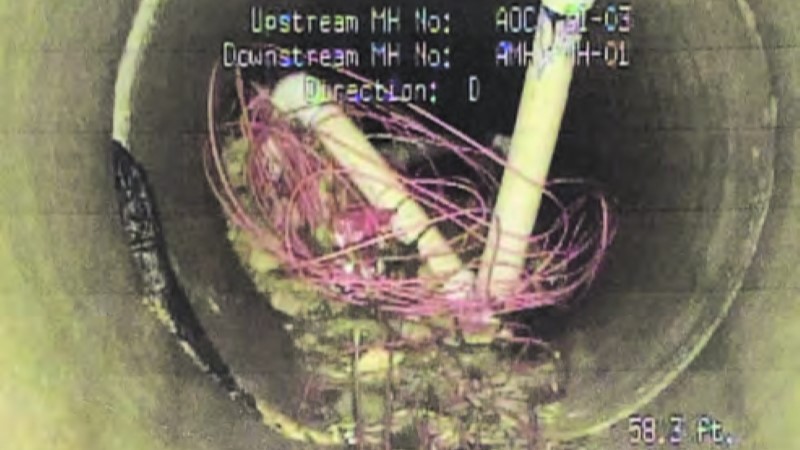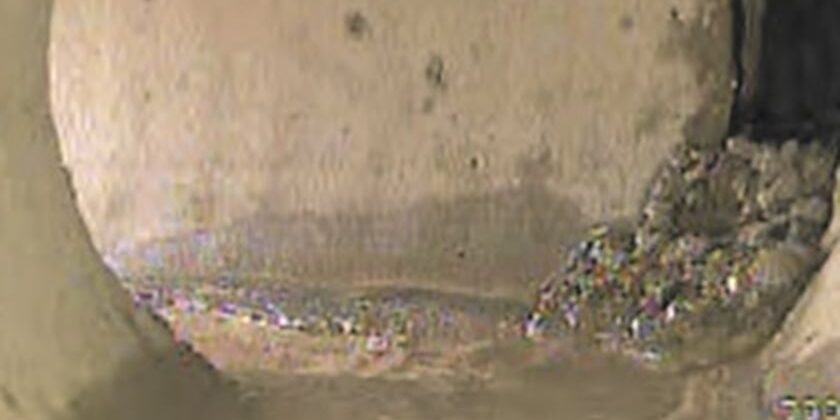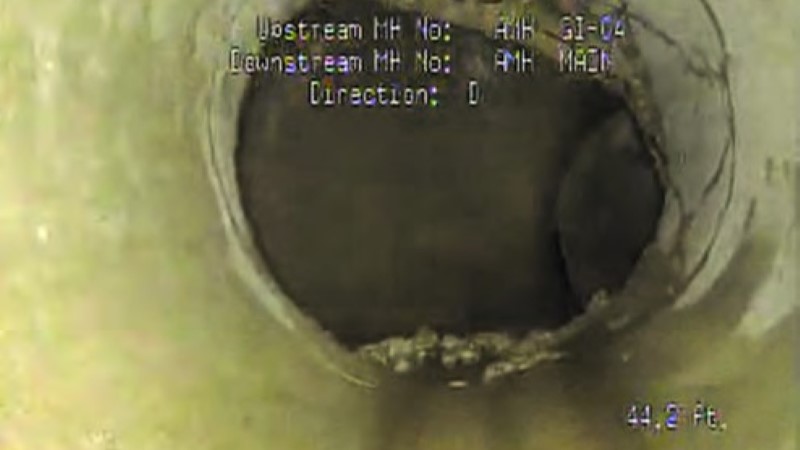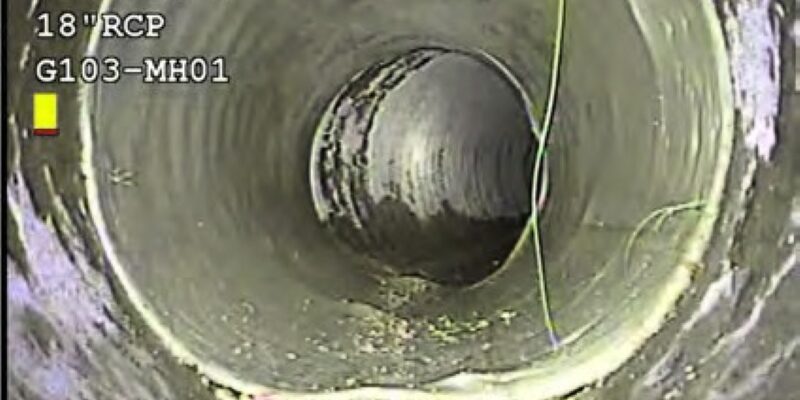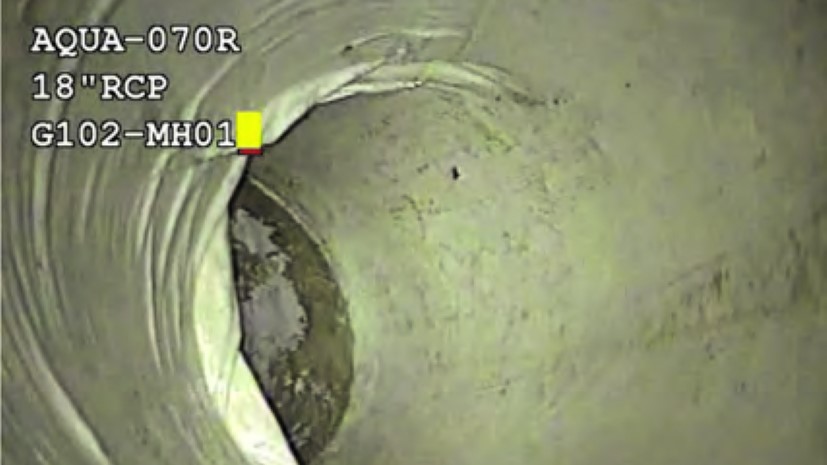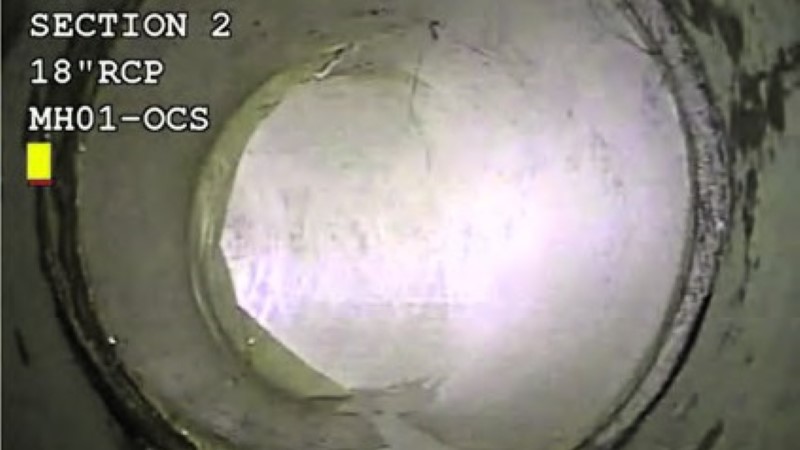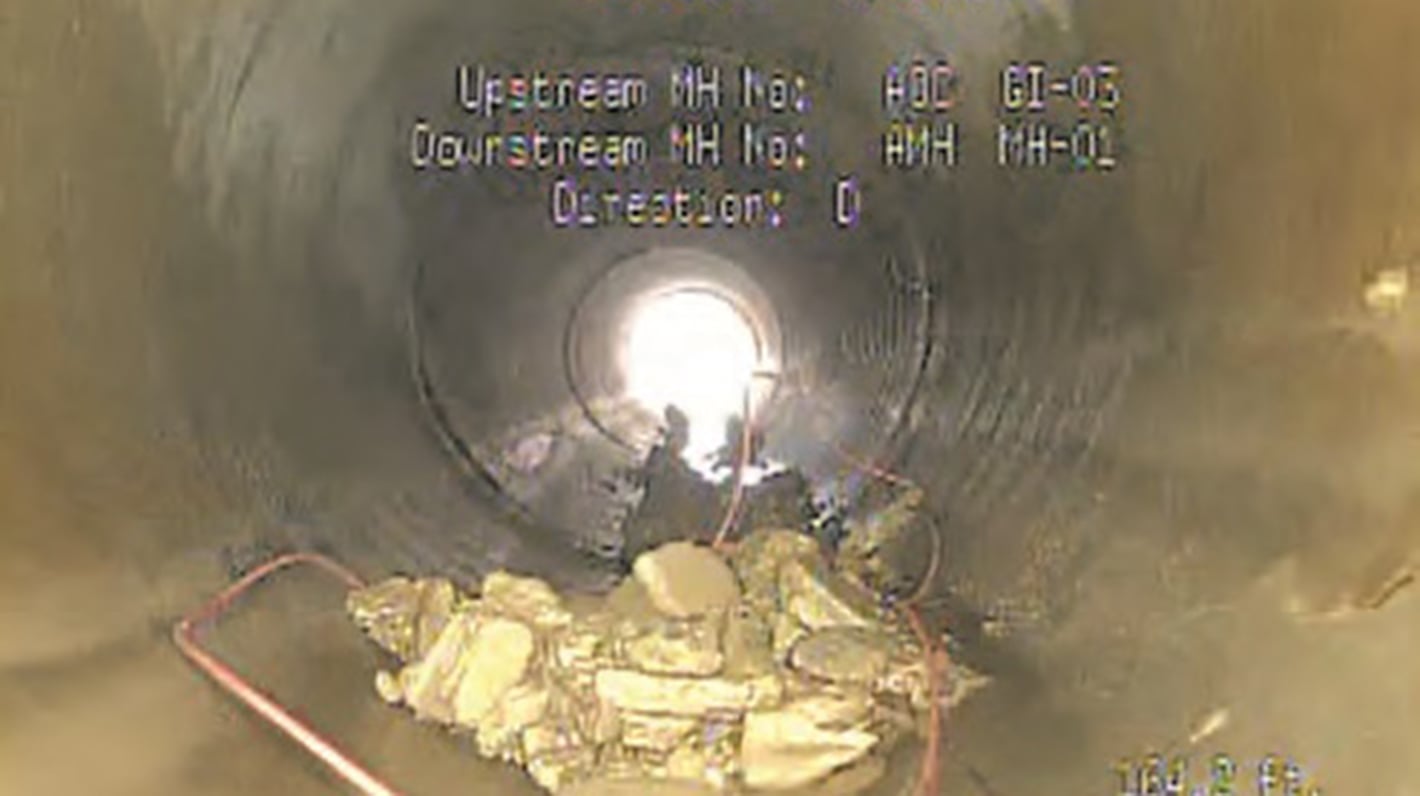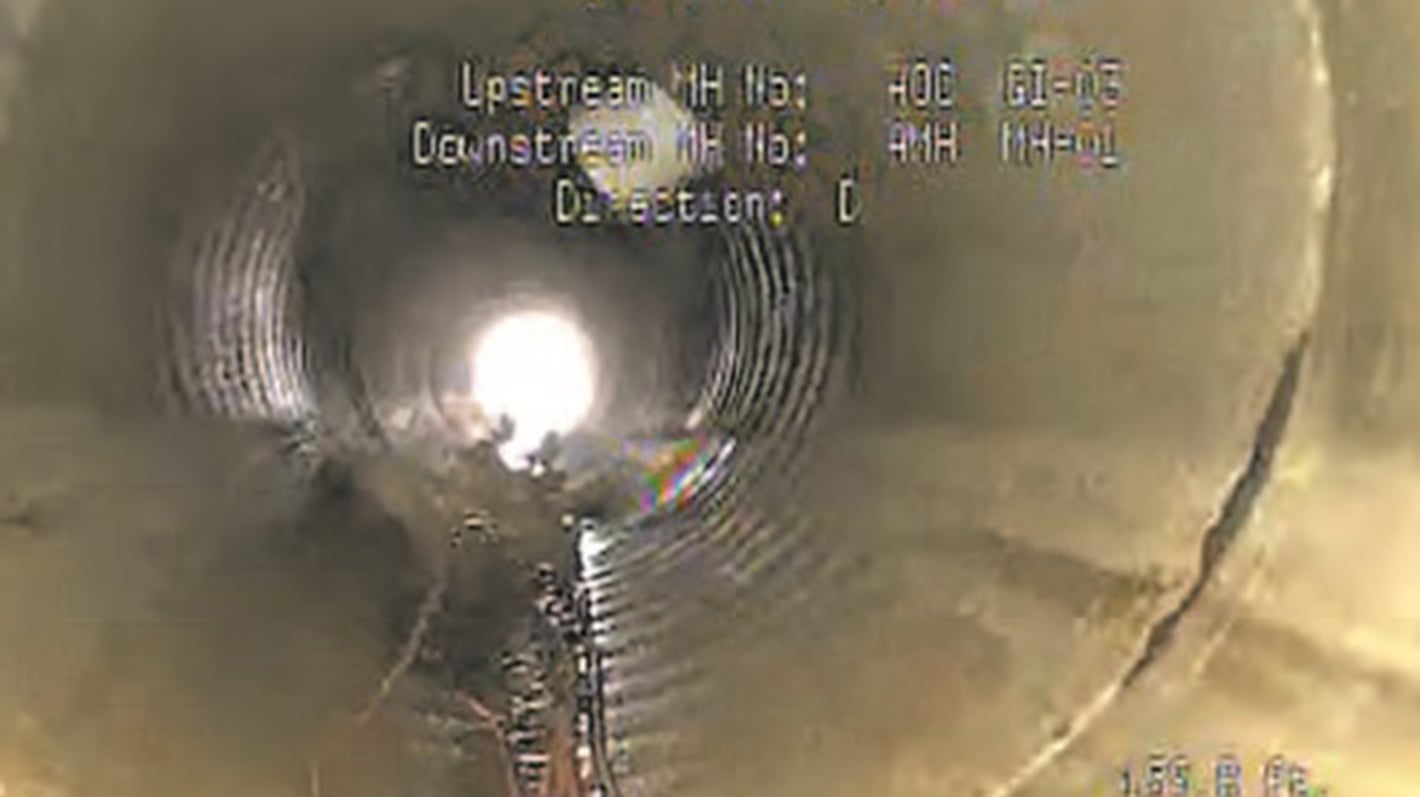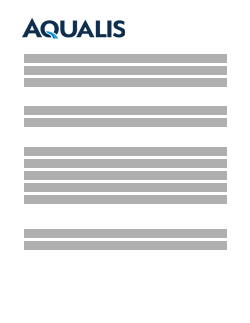Austin, Texas Cured in Place Pipe
Austin, Tex. |
Property Management |
Cured in Place Pipe Repair
Overview:
This property owner requested a CCTV pipeline inspection and assessment of existing stormwater lines on their property. Investigating underground infrastructure gives property owners insight into the health of their stormwater system and how it is aging at this stage of the life of the infrastructure. This CCTV was exploratory because no site plans of the areas existed. This assessment allowed the property owners to understand their system, prepare for potential repairs and avoid large-scale failures.
Problem:
During the camera investigation, the operator found extensive blockages inside the pipeline. Construction debris, including PVC pipe, wires and concrete, had been deposited inside the pipe, significantly reducing capacity, leading to clogging. Because of regular clogging, the pipe was under consistent stress that rapidly deteriorated the infrastructure. In addition to the wire and PVC pipe that was found, significant damage and concrete debris was found as the pipe crumbled from the inside.
The pipeline, made from reinforced concrete pipe (RCP), was experiencing failure so significant that the rebar reinforcements inside the concrete were visible. The internal rebar was beginning to corrode resulting in further damage to the structure. Large gaps were visible between sections of pipeline, allowing surrounding subgrade soils into the pipeline that migrated to the retention area downstream. This process is the leading cause of sinkholes as rushing water displaces the subgrade creating a cavity that eventually opens at the surface.

Before

After
Solution:
AQUALIS CCTV Pipe Inspections follow the industry standard rating scale of 1-5 as set by NASSCO. Significant defects that require immediate attention are labeled 5 while minor issues are labeled 1. The pipeline assessment showed four different sections of about four feet each that required immediate repair. To avoid replacing the entire pipeline, cured-in-place-pipe (CIPP) repair was chosen, allowing for small point repairs.
Once the initial CCTV assessment was conducted and the obstructions were identified, the operators had a better understanding of how to complete the repair. Industrial vacuumation and jetting was sufficient for removing the concrete debris and PVC pipe, but a root cutter was deployed to cut the wires. After the pipe was cleared, the repair could be performed.
CIPP allows for trenchless point repairs, significantly reducing construction costs. CIPP repair is performed by inserting a resin coated liner into the existing pipe. The liner is then inflated to cover the internal wall of the pipe, it can then be cured with steam, water or UV technology. Using CIPP to patch repair this pipe saved the property from fully replacing the pipeline and extended the life of the infrastructure another 50 years with maintenance.
Construction debris inside of pipelines is relatively common as runoff may collect debris and deposit it inside of pipes. In extreme cases, construction activities are not closely monitored resulting in improper disposal of materials. In both cases, this debris is harmful to the environment and results in polluted stormwater runoff. A significant amount of debris also reduces the capacity of the pipeline, which can cause flooding during rain events.
This preventative repair was the cost-effective solution for the property owner, resulting in an extended life of the existing pipe.
 Kenosha, Wis. Highway KR Regenerative Stormwater ConveyanceThe Root-Pike Watershed Initiative Network Kenosha County, and others worked with AQUALIS to design and implement an innovative solution for stormwater control along Highway KR.
Kenosha, Wis. Highway KR Regenerative Stormwater ConveyanceThe Root-Pike Watershed Initiative Network Kenosha County, and others worked with AQUALIS to design and implement an innovative solution for stormwater control along Highway KR.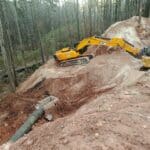 Durham, N.C. Sinkhole Leads to Stormwater System RehabilitationThe tenant on this property noticed a depression that opened to the ground below and notified the property owners.
Durham, N.C. Sinkhole Leads to Stormwater System RehabilitationThe tenant on this property noticed a depression that opened to the ground below and notified the property owners.

